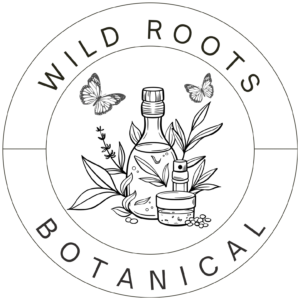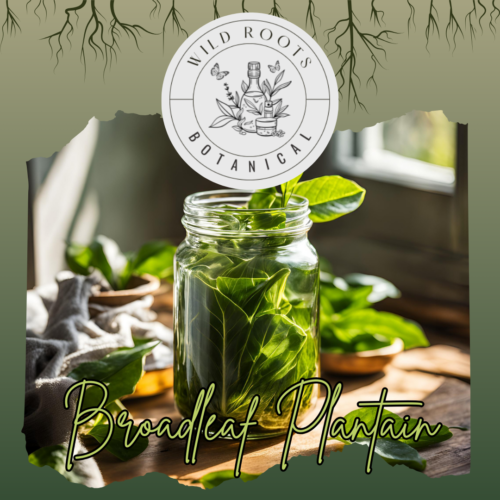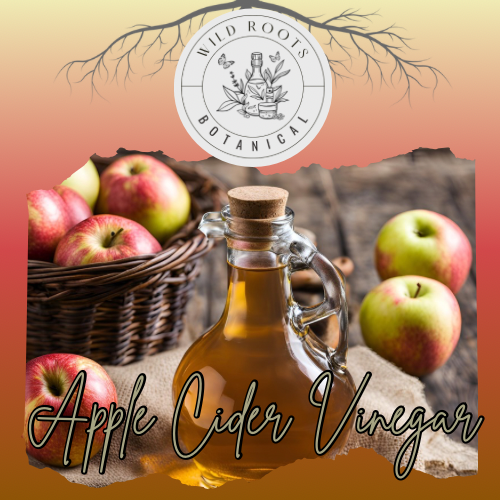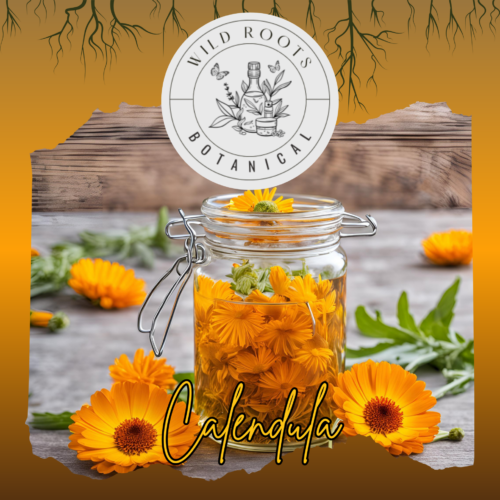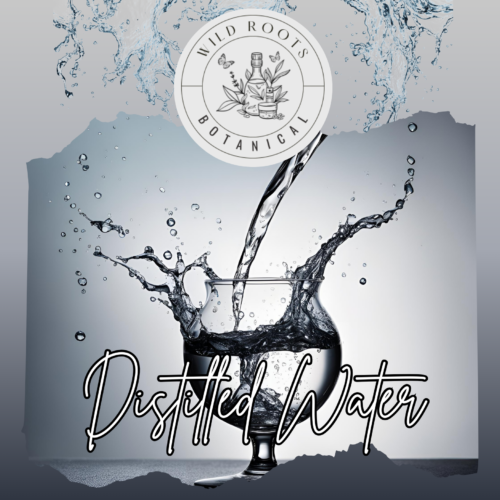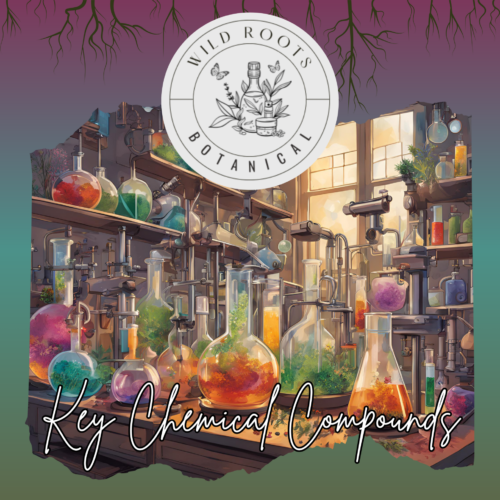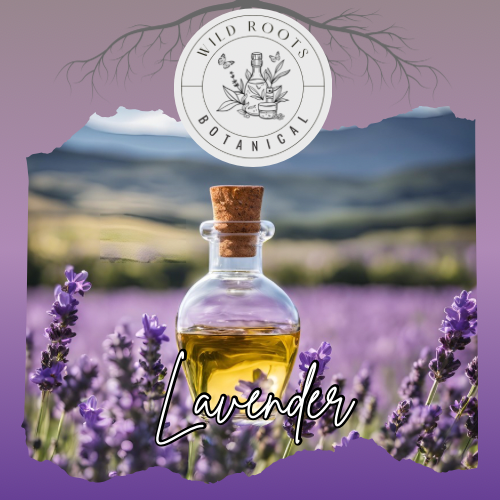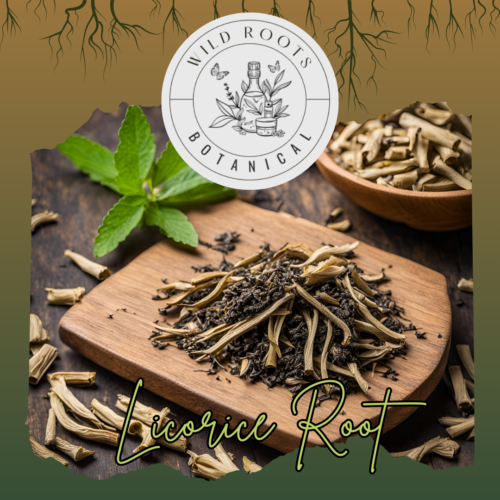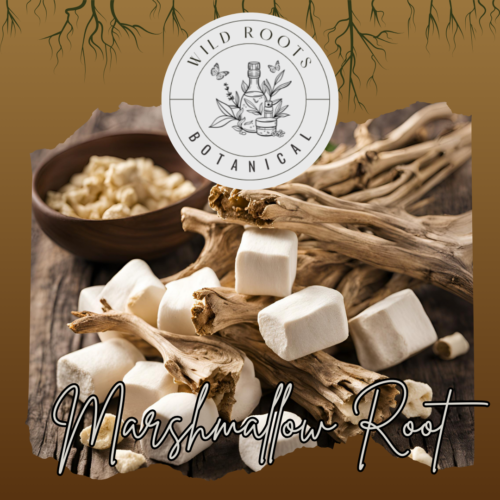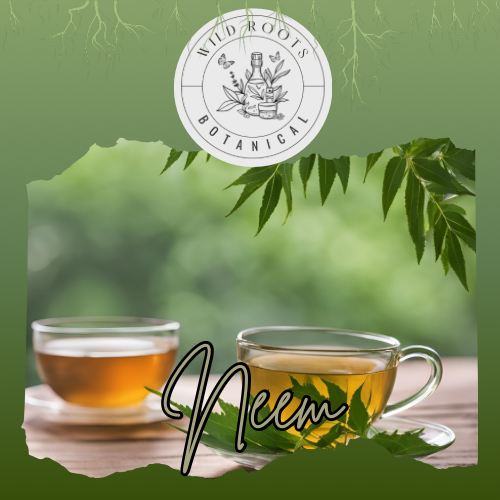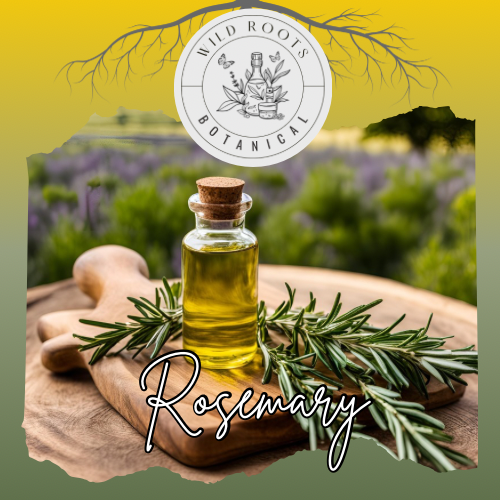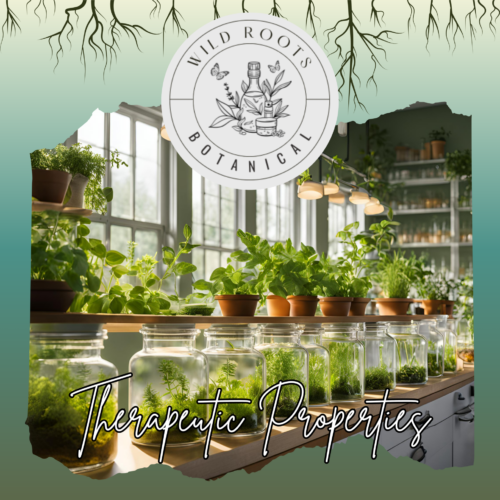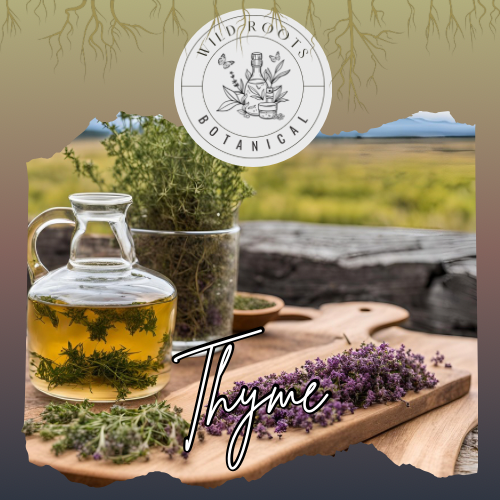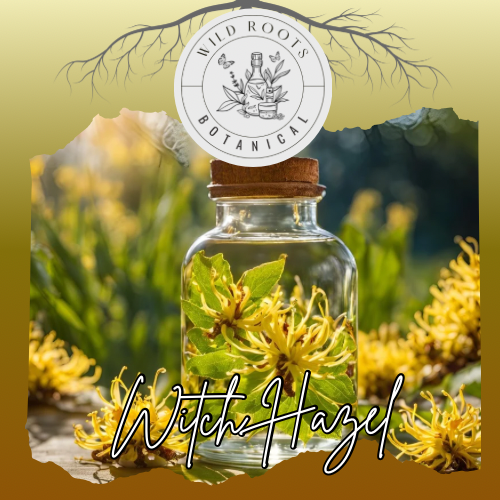Broadleaf Plantain: Nature’s First Aid – A Comprehensive Guide
Introduction
Known as “white man’s footprint” by Native Americans who noticed it sprouting wherever European settlers walked, Plantago major (Broadleaf Plantain) has a rich history as one of nature’s most versatile healing plants. This common “weed” that grows in yards, sidewalk cracks, and fields worldwide holds remarkable medicinal properties that have been utilized for millennia.
Historical Journey
Ancient Origins
Broadleaf plantain’s documented use dates back to ancient Greek and Roman texts. The Greek physician Dioscorides described it in his “De Materia Medica” (circa 50-70 CE), recommending it for wound healing and inflammatory conditions. Anglo-Saxon texts referred to it as “waybread” or “waybroad,” considering it one of nine sacred herbs.
Global Traditional Use
- Chinese Medicine: Known as “Che Qian Zi,” used for urinary, respiratory, and digestive issues
- Native American Medicine: Applied as poultice for snake bites, insect stings, and wounds
- European Folk Medicine: Utilized for respiratory ailments, digestive issues, and wound healing
- African Traditional Medicine: Employed for fever reduction and wound treatment
Scientific Understanding
Chemical Composition
Modern analysis has revealed key compounds:
- Iridoid glycosides (aucubin, catalpol)
- Flavonoids
- Polysaccharides
- Terpenoids
- Phenolic compounds
- Mucilage
- Tannins
Evidence-Based Benefits
Anti-inflammatory Properties
Research has demonstrated:
- COX-2 enzyme inhibition
- Reduction of pro-inflammatory markers
- Natural histamine response modulation
Wound Healing
Studies show plantain:
- Accelerates wound closure
- Increases collagen synthesis
- Provides antimicrobial protection
- Reduces scarring
Modern Applications
Medical Uses
Contemporary applications include:
- Minor wound treatment
- Insect bite relief
- Respiratory support
- Digestive health support
- Skin condition management
Preparation Methods
External Use
- Fresh Leaf Poultice
- Clean fresh leaves
- Crush to release juices
- Apply directly to affected area
- Infused Oil
- Dried leaves in carrier oil
- Solar or double-boiler method
- Used for salves and balms
Internal Use
- Tea/Infusion
- Fresh or dried leaves
- Steep in hot water
- Traditional digestive aid
- Tincture
- Alcohol or glycerin extraction
- Concentrated form
- Longer shelf life
Growing and Harvesting
Cultivation
While often growing wild, plantain can be cultivated:
- Full sun to partial shade
- Tolerates poor soil
- Drought resistant
- Spreads readily
Harvesting Guidelines
Best practices include:
- Harvest young leaves in spring
- Choose clean areas away from pollutants
- Morning harvest after dew dries
- Sustainable harvesting techniques
Safety and Precautions
General Safety
Generally considered safe, but:
- Ensure correct identification
- Avoid chemically treated areas
- Consider potential allergies
- Consult healthcare provider if pregnant
Drug Interactions
May interact with:
- Blood thinners
- Diuretics
- Diabetes medications
Scientific Research
Recent Studies
Current research focuses on:
- Antimicrobial properties
- Wound healing mechanisms
- Anti-inflammatory pathways
- Respiratory health benefits
Future Directions
Promising areas of study:
- Cancer research applications
- Drug resistance solutions
- Novel extraction methods
- Bioavailability studies
Fun Facts
- Romans believed placing plantain leaves in shoes prevented foot fatigue
- Medieval physicians considered it one of the “four great herbs”
- It’s edible and nutritious, high in calcium and vitamins A, C, and K
- The plant can survive being stepped on due to its fibrous structure
Cultural Significance
Traditional Knowledge
- Featured in countless folklore remedies
- Considered a sacred herb in many cultures
- Used in traditional ceremonies
- Valued as survival food
Modern Revival
- Growing interest in foraging communities
- Popular in natural medicine
- Sustainable living symbol
- Educational tool for plant identification
References
- Samuelsen, A. B. (2000). “The traditional uses, chemical constituents and biological activities of Plantago major L.” Journal of Ethnopharmacology, 71(1-2), 1-21.
- Zubair, M., et al. (2012). “Plantago major L. – A review of anti-inflammatory activity.” Pharmaceutical Biology, 50(1), 9-14.
- Velasco-Lezama, R., et al. (2006). “Effect of Plantago major on cell proliferation in vitro.” Journal of Ethnopharmacology, 103(1), 36-42.
- Adom, M. B., et al. (2017). “Chemical constituents and medical benefits of Plantago major.” Biomedicine & Pharmacotherapy, 96, 348-360.
Traditional Recipes
Plantain Salve
A classic healing preparation:
- Dried plantain leaves
- Olive oil or coconut oil
- Beeswax
- Optional: lavender essential oil
Plantain Cough Syrup
Traditional respiratory support:
- Fresh plantain leaves
- Raw honey
- Water
- Optional: thyme
